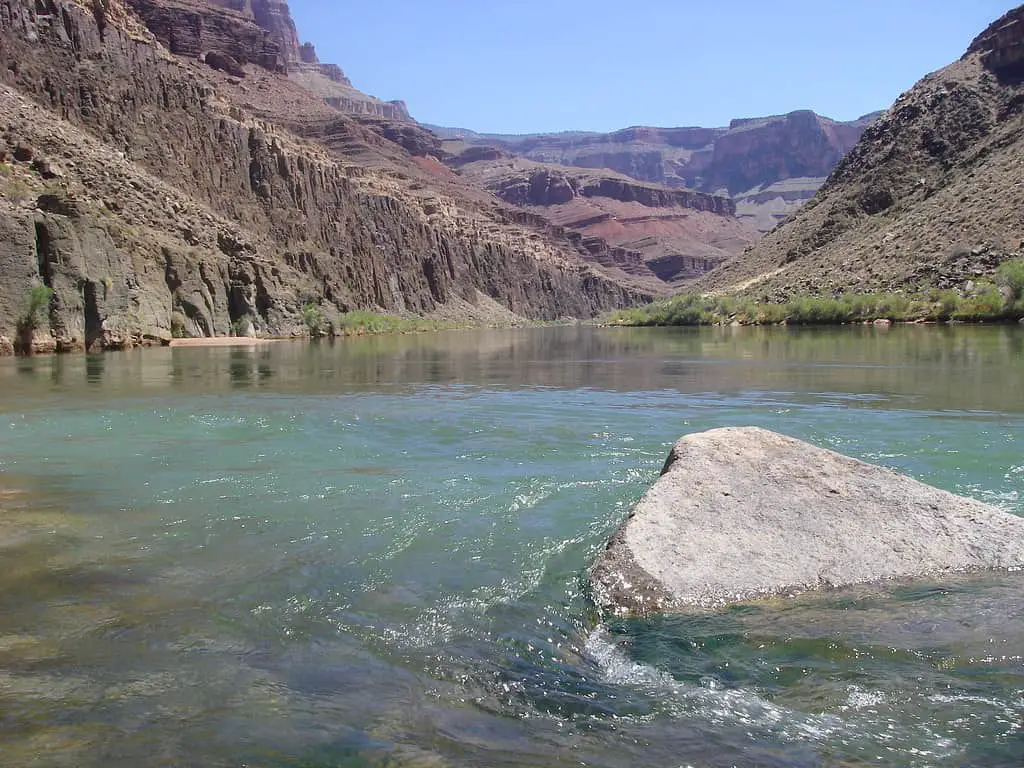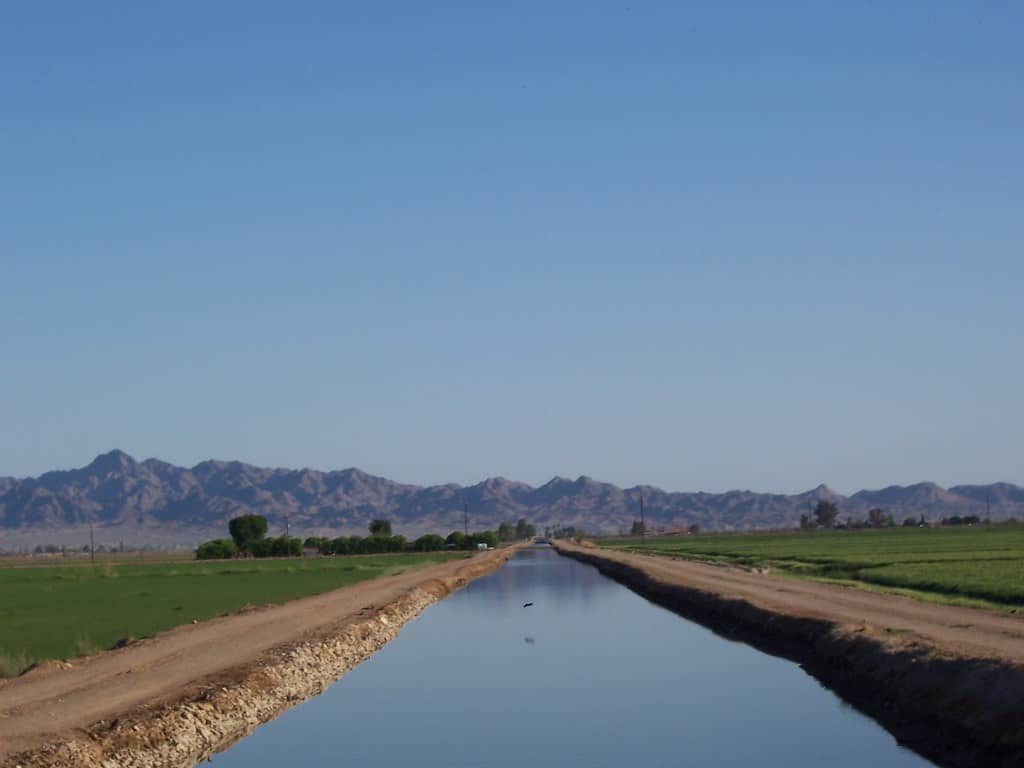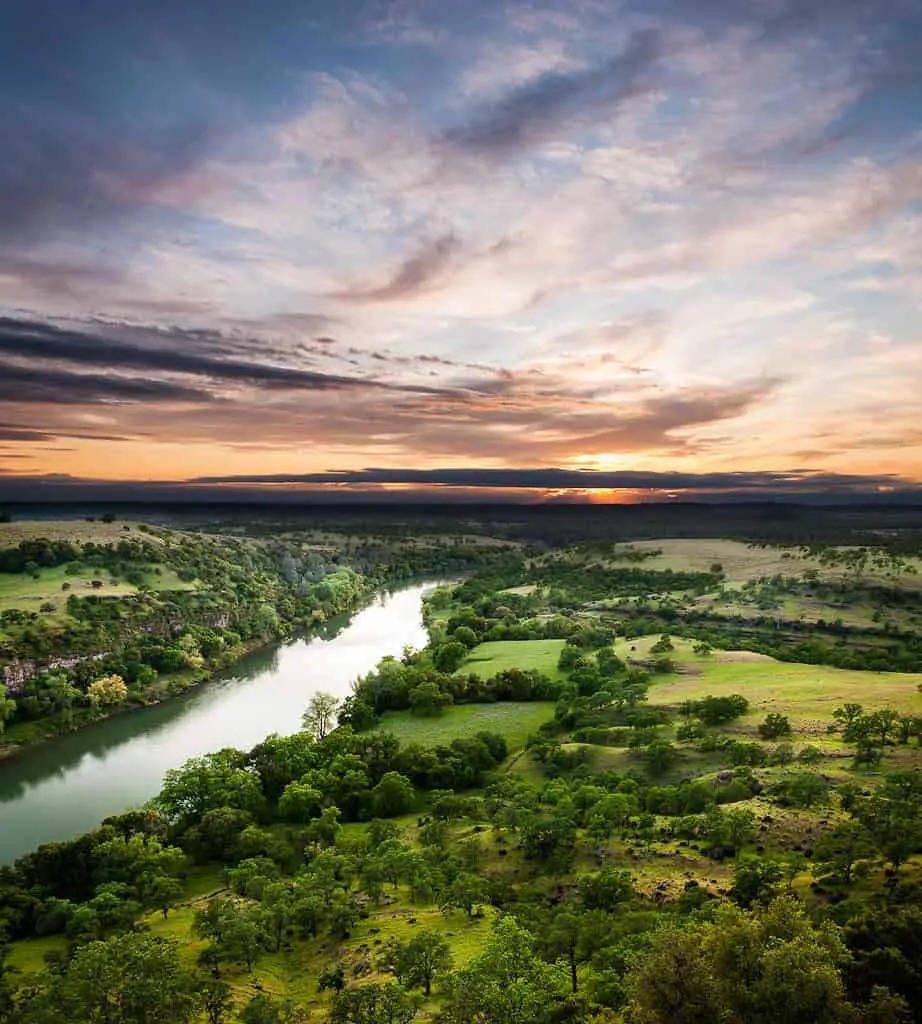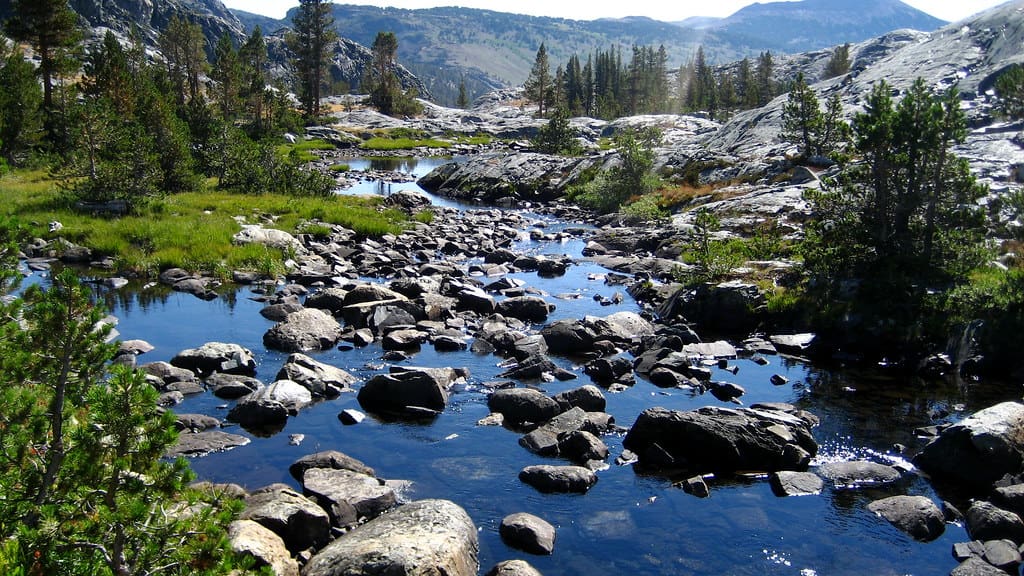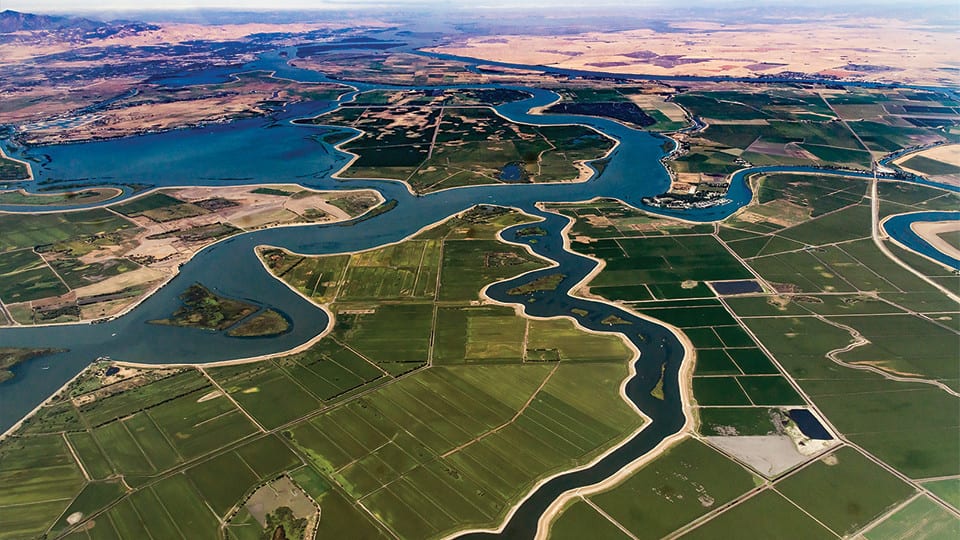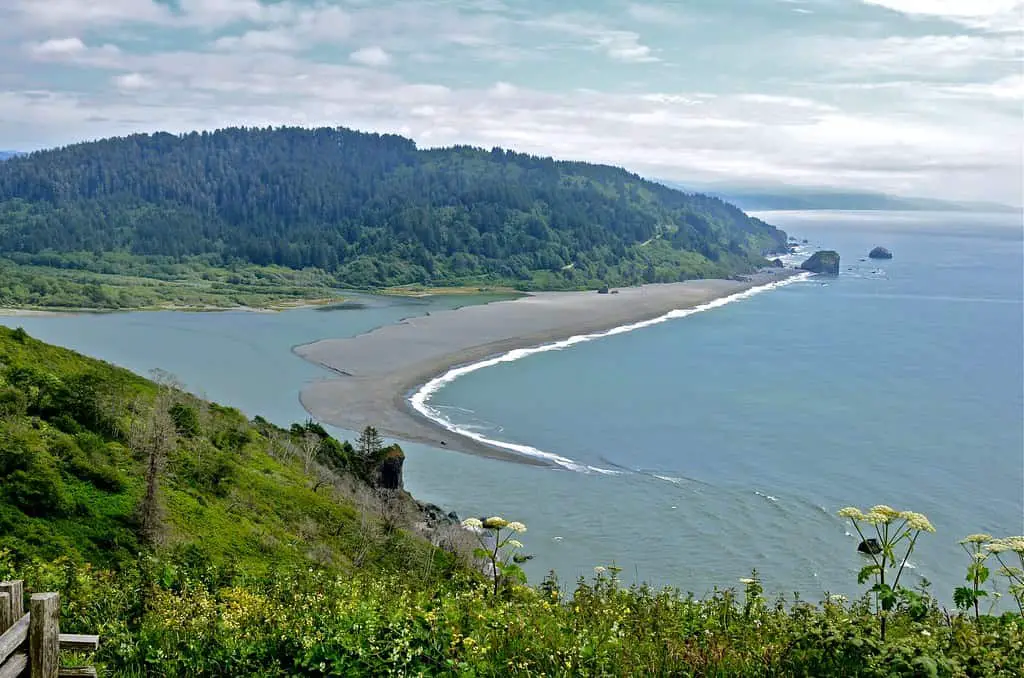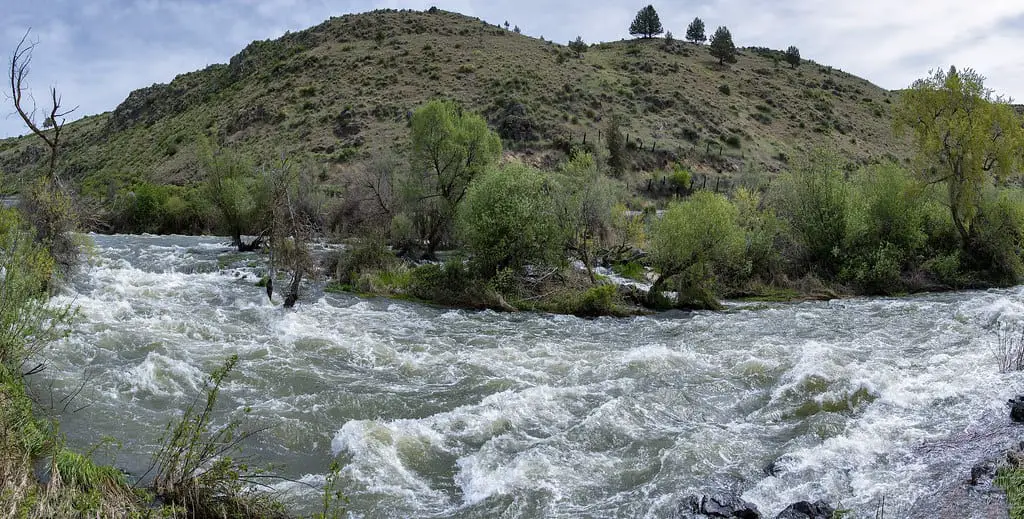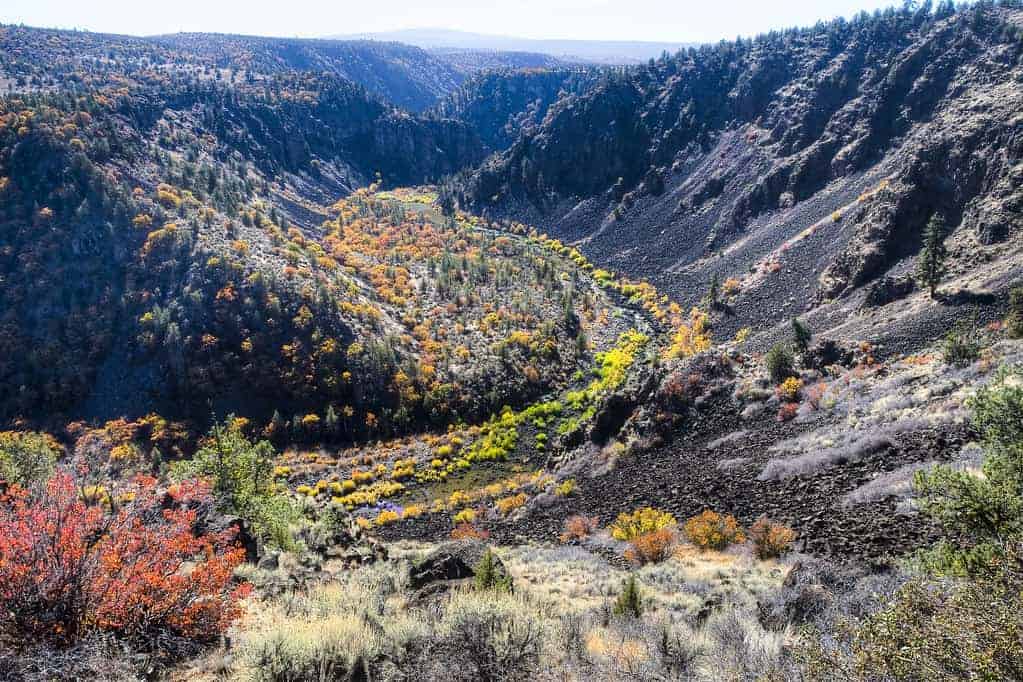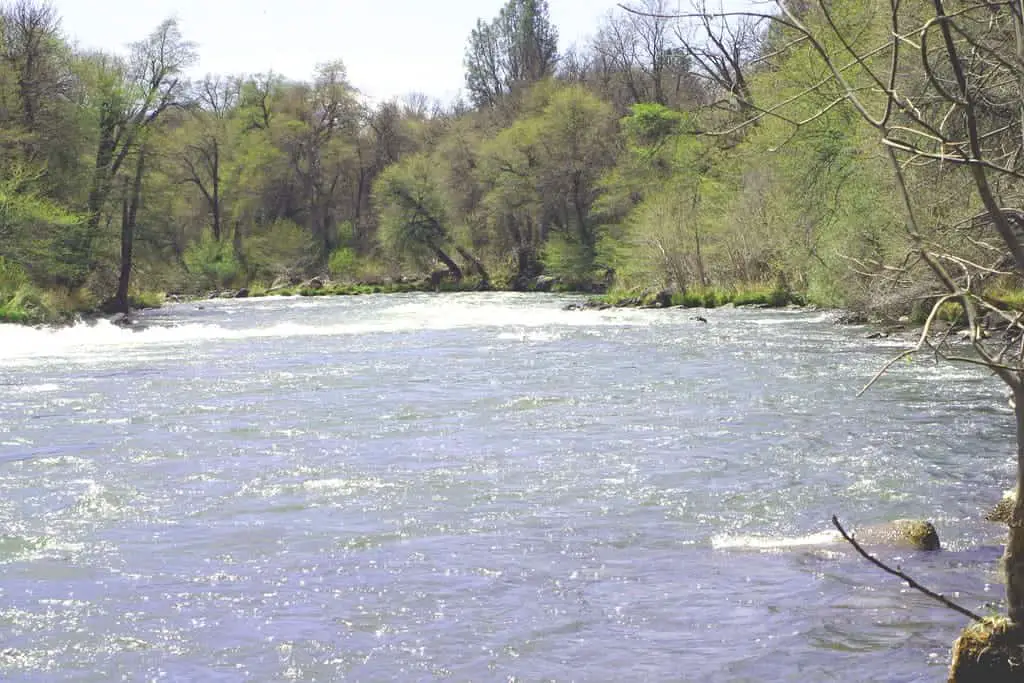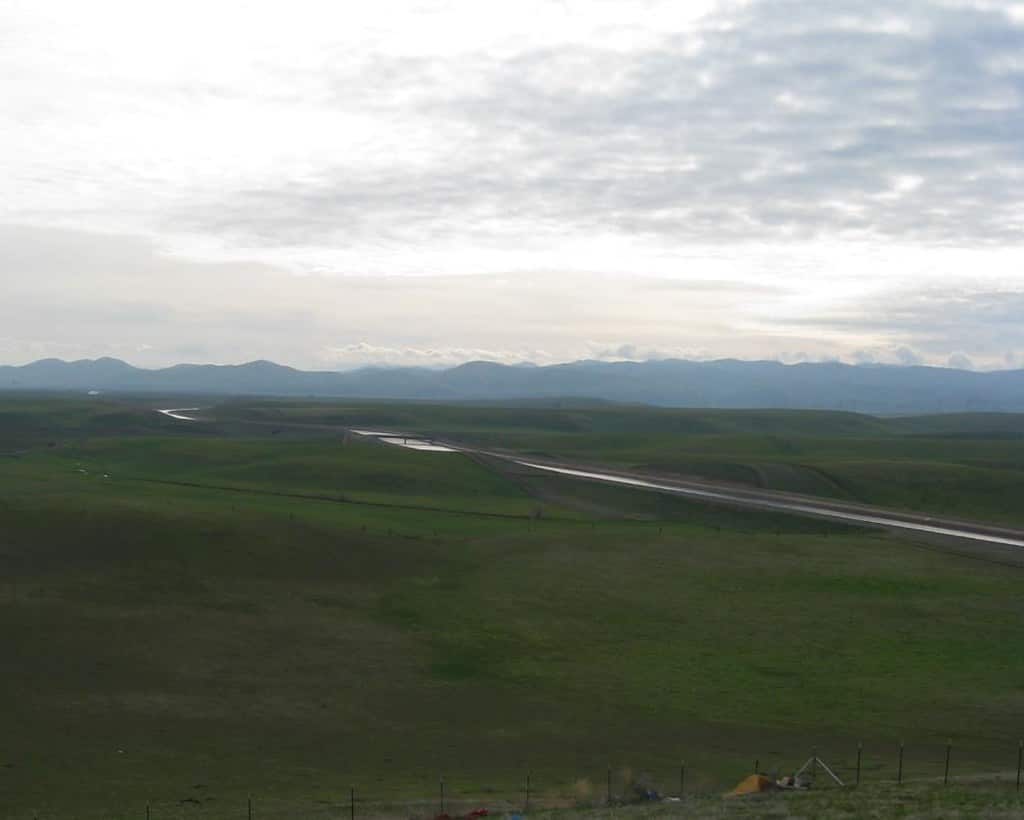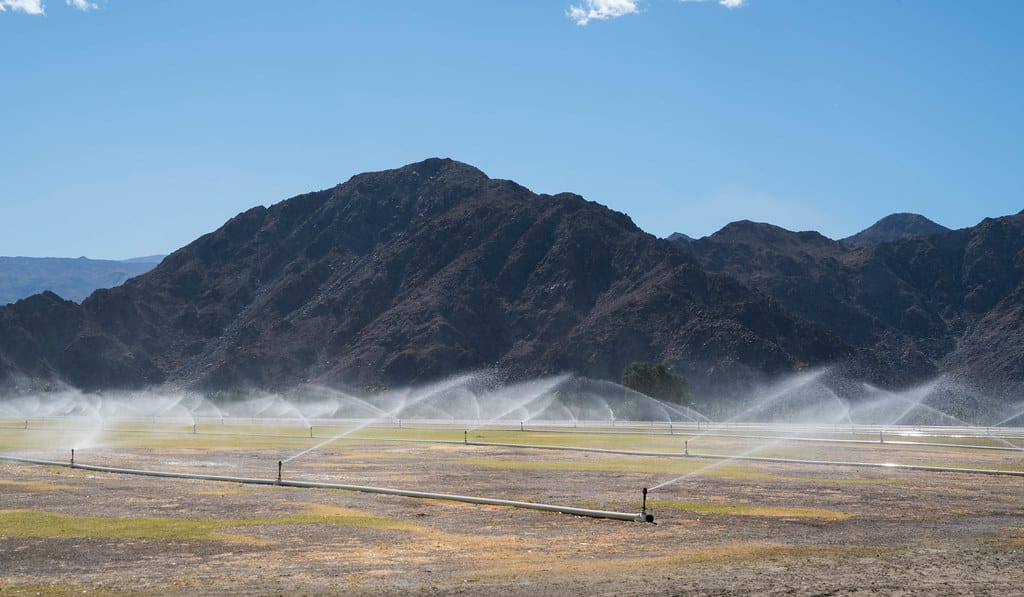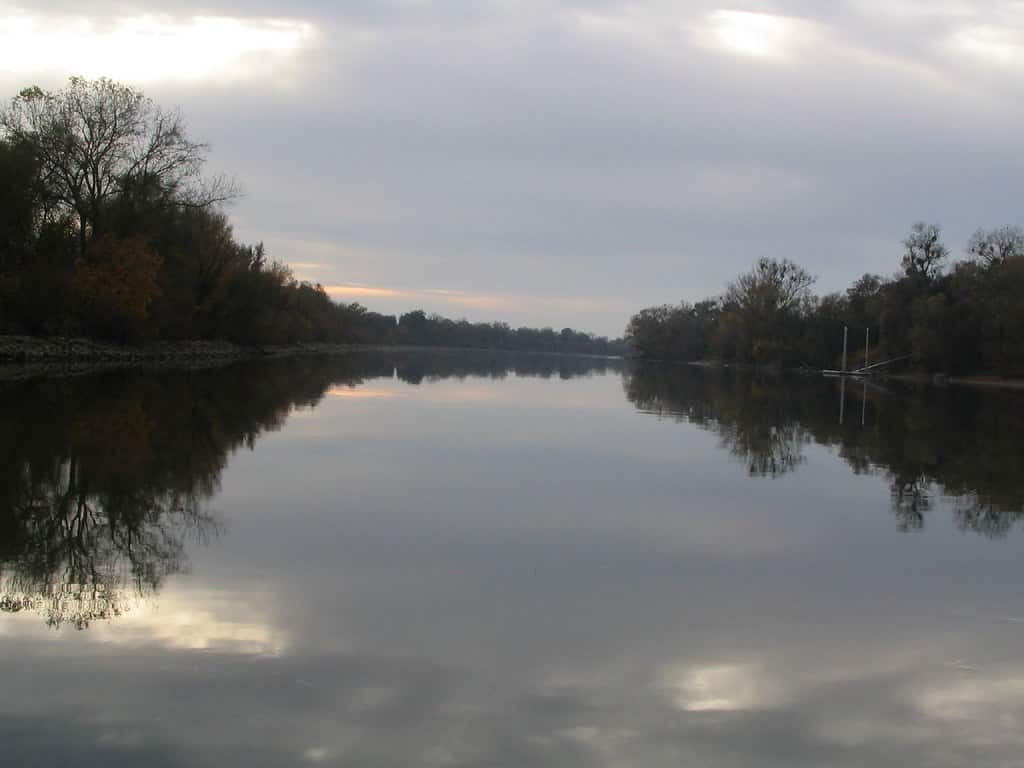Throughout California, there are a variety of rivers to choose from. From the Sierra Nevada to the Central Valley, some rivers will appeal to the water-sports enthusiast and the outdoorsy type. The California rivers are also home to many traditional Indian sites.
California Water Rights and the Colorado River
During the early 20th century, California used Colorado River water to help fuel tremendous growth in Southern California, including Los Angeles. The Metropolitan Water District (MWD) built a 240-mile aqueduct from Parker Dam to provide water to Southern California.
The Imperial Irrigation District (IID) holds rights to the largest share of Colorado River water. IID has been using Colorado River water for years to provide water for farms in the Imperial Valley. IID also conserves and transfers water to the SDCWA. IID is currently engaged in discussions with the Department of Interior on quantifying Colorado River water rights.
Despite California's enviable water resources, the federal government pressured the state to use less water. The California Plan is intended to bring California's use within its legally-entitled 4.4 million acre-feet of Colorado River water. The plan is being prepared by the Colorado River Board of California (CRBC). The plan also includes the Quantification Settlement, which provides for the satisfaction of Indian and miscellaneous entitlements.
The plan also includes the transfer of 300,000 acre-feet of Colorado water to the SDCWA each year. The transfer is considered to be a vital element of the California Plan. The plan also includes the Quantification Settlement, a contract that sets forth crucial material terms of the proposed settlement.
The Colorado River is one of California's critical sources of hydroelectric power. It runs through the Grand Canyon and Lake Mead and flows southwest into Lake Powell. It is an essential but overtapped source of water for Western cities.
Sacramento River
Known as the Sacramento River, California is one of the major rivers in the state. It rises in the Klamath Mountains and flows south towards San Francisco Bay. The Sacramento joins the San Joaquin River at Antioch. It is the water source for about 20 million people and is an important recreational asset for the Sacramento area.
The river is a habitat for various species, including winter-run Chinook salmon. Large-scale damming projects have altered the river's flow. The resulting changes threaten its ecological viability. The Sacramento River is also a source of pollutants such as sewage overflow, methylmercury, and microplastics.
The Sacramento River is one of the most polluted rivers in the United States. The National Resource Defense Council notes that it is one of the "dirtiest rivers in the nation." It results from chemical pesticides used in agriculture, sewage overflow, and plastic litter pollution.
California's San Joaquin River
Regardless of how much rain, California faces severe water problems in the San Joaquin River. A string of dams along a 365-mile length of the river has been erected. Water is diverted from the river to irrigate countless square miles of cropland. The dams also trap native beaver, a native species that once called the river home.
Hydraulic mining has released toxic materials into the river. Mercury was once used in placer mining to extract gold. The river's water is also affected by industrial and aggregate mining.
In the 1830s, cholera and smallpox killed three-quarters of the Indigenous population of the San Joaquin Valley. Hydraulic mining also lowered salmon stocks.
The San Joaquin River was once a free-flowing salmon superhighway. But as the drought continues, problems with the river have become worse. In response, American Rivers chose the San Joaquin as its river of the year. The settlement agreement between the government and the water board, signed in March 2009, called for a fraction of the historic flow restoration.
The settlement also left room in the reservoir for farmers. The board is under pressure from agricultural interests to keep water for irrigation. Farmers prefer more water downstream. They argue that increasing flows will protect the river and its environment. However, the board has the power to increase flows into the estuary, which is crucial habitat for salmon.
The settlement also calls for releasing tiny pulses of water to re-wet the dry riverbed. The board will also add new spawning areas in the lower river. The restoration programs will be complex and rival Friant Dam in scale.
The Klamath River California Wild and Scenic River
Located in south-central Oregon, the Klamath River is the second-largest river in California. It is also the longest Wild & Scenic river in the state.
It originates from Upper Klamath Lake and flows southwest to the Pacific Ocean. It is one of the most famous rivers in California for fishing. The river has several anadromous fish species, including coho salmon, steelhead, fall chinook, spring chinook, and coastal cutthroat trout.
In recent years, fisheries have declined due to pollution and water use. The state and the federal government have been working to restore the Klamath River fishery.
The Klamath River is a significant and essential source of water for agriculture. However, the river faces challenges every year. Some of the dams built upstream have been causing water quality problems in the lower half of the river. The dams also block hundreds of miles of salmon spawning habitat.
In the early 1900s, the Upper Klamath Basin was a productive agricultural region. The river was also home to many indigenous tribes. The Karuk, Hupa, Modoc, and Yurok Indians lived in the Klamath region. The tribes suffered from a variety of diseases, including methamphetamine.
Over the last century, many dams were built to provide hydroelectricity. Increasing numbers of miners began working tributaries of the Klamath River. The resulting drought has been a contributor to conflict on the reservation.
Since 1992, the federal government has mandated that Klamath Project irrigators reduce water delivery to the river. Environmental groups have also proposed various changes to water use in the Klamath Basin.
Fishing the Pit River in Northern California
Known for its swift water and slippery bed, the Pit River is a popular fishing destination in northern California. A long tributary to Shasta Lake, the Pit offers anglers various types of fishing. Fishing options vary based on weather conditions, runoff, water levels, and hatches.
Most anglers focus on the Pit 4 and Pit 5 sections. These sections are popular with anglers because of the large rainbow trout they have. These fish grow to about 20 inches in length.
Other stretches of the Pit River are challenging to navigate. Anglers must negotiate thick brush on the banks and navigate slimy river bottoms. Several areas require steep hikes down narrow canyons.
Pit River fishing can be excellent in the early spring and late winter. These times of the year are best for dry fly fishing. The Pit is especially famous for its Isonychia mayflies. It is also possible to catch big trout on streamers.
Fishing the Pit is also possible in wet years. It is possible to find large rainbows in deeper pools and on sunny days. The fish are incredibly scrappy and fight hard.
The Pit is also known for its giant bugs. These insects emerge from streamside vegetation. The bigger bugs can be dislodged easily. This is especially true in the lower sections.
The Pit is also known for its harsh wading conditions. There are numerous rocks to navigate, so anglers must be careful where they step.
Central Valley
Throughout the Central Valley, rivers are heavily regulated for recreation and water supply. However, these projects have also negatively impacted salmonids and spawning habitats. Moreover, the Central Valley Project has been a significant contributor to the growth of many major cities in California.
During the past several decades, drought has plagued the Central Valley. This has led to a decline in natural steelhead populations. In addition, dam operations have altered seasonal stream-flow patterns. These changes have contributed to the shrinking of riparian zones.
The Central Valley is home to several endemic fish species, including the Sacramento Blackfish, Sacramento Pikeminnow, and Sacramento splittail. However, dam operations have affected these species, which prevent adult salmonids from reaching upstream habitats.
As part of the Central Valley Project, several levees have been constructed. These structures channel the watershed and protect the region from floods. The Army Corps of Engineers, a federal agency, built the levees.
Traditional Indian sites
Throughout California's history, the Native peoples have occupied every part of the state. They are an incredibly diverse group. They include Chilula and Tsnugwe from interior valleys, Yurok and Karuk from northwestern California, Tolowa from the extreme northern coast, and Hupa from the Trinity River area before Klamath.
Each tribe maintains its traditional homelands. Their practices are based on the traditional ecological knowledge of the land. They continue to manage land space and demonstrate their continuing resistance against colonization. Whether harvesting wild tobacco or gathering materials, Indigenous peoples incorporate their relationship with the land into their practices.
California Indians enhanced the productivity of habitats, including oak woodlands, grasslands, mountain meadows, and scrub stands. They avoided collecting resources during certain months of the year and avoided waste during the harvesting process. They also ensured the environment's health by maintaining a delicate ecosystem across the state.
Wild and Scenic Rivers Act
Several rivers in California are protected by the Wild and Scenic Rivers Act of California, although not all are. This Act aims to establish standards for adding components to the system. In consultation with other appropriate agencies, the Secretary of the Interior shall determine which rivers qualify and how they should be classified.
The act requires that designated rivers be managed by a management plan that protects both natural and property values. This plan must also include provisions for disseminating information to river users.
The act requires that a river be designated as a wild and scenic river and that federal agencies not assist in the construction of water resources projects that adversely affect the river's scenic, recreational, fish, and wildlife values.

